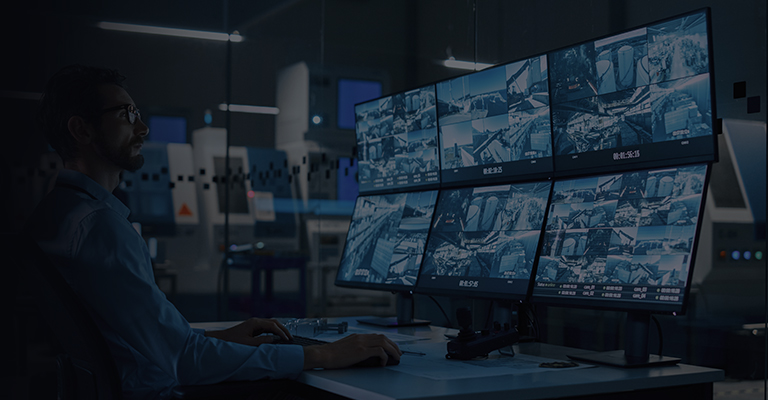As the cyber threat landscape expands and attack types become more advanced, businesses are finding it challenging to establish a state-of-the-art cyber defense infrastructure to help them mitigate various cyber risks. This has led to the growing prevalence of the Security Operations Centre or SOC.
SOC deploys a combination of technology and cybersecurity processes to thwart advanced-level cyber risks effectively. Over the years, SOC has also evolved tremendously with the changing security needs. For instance, many businesses traditionally had an in-house Managed Detection and Response (MDR) team that continuously monitored risks. But with growing IT environment complexities, expanding attack surfaces, and evolving security needs, businesses are now hiring professionally managed XDR services. Apart from having easy access to specialized expertise, these services enable businesses to leverage advanced tools that can effectively respond to cyber threats and remediate unexpected attacks.
Another critical innovation to SOC is the rise of Security Orchestration, Automation, and Response (SOAR). Engineered for automation and streamlining security responses, it helps businesses quickly respond and mitigate cyberattacks. Its other measures include:
Artificial intelligence (AI) and Machine learning (ML) have also been identified as crucial elements that can help businesses enhance their cyber posture. While AI-based monitoring can help identify new or emerging threats that haven't been identified earlier, ML can gather and correlate information from extensive data points and analyze large volumes of data to identify patterns and anomalies indicative of potential threats.
A robust SOC enables businesses to proactively detect, defend, and respond to security incidents before they create irreversible catastrophic effects, including significant financial, operational, or reputational damage. As a result, managed security services have become more mainstream than ever. They’re no longer just one of the choices to tick off. A leading research report cited that 85% of organizations are now using managed security services. In addition, recent developments such as the MITRE ATT&CK framework have enabled almost 89% of organizations globallyto enhance SOC maturity through a better understanding of security operations, use cases, cyber attacker strategies, advanced techniques, and procedures.
Remote working is slowly becoming a norm, and cloud technologies are seeing rapid adoption in workplaces. Such trends further essentiate the need for a robust SOC infrastructure. It is time businesses prioritized maximum visibility into their business-critical assets, networks, and associated employee devices to gain effective control over their security posture. Collaborating with cybersecurity consultants from leading managed XDR service companies can help them stay updated with the latest trends and best practices in SOC management.
- Real-time remediation of malware attacks and data breaches
- Centralized coordination and management during incident response
- Accurate data collation to identify potential threats and determine actions to be taken
- Automated measures such as isolating affected servers/hosts/devices or placing blocks on firewalls
- Containing the infection spread to other systems and networks
- Detection of anomalies or sudden changes in user behaviors
Other Blogs

From Nuclear Centrifuges To Machine Shops: Securing IoT
IoT or ‘the internet of things’ has been around for a lot longer than the buzzword
Read More


Demystifying XDR
As the capabilities of threat actors have increased so have the tools which we utilize to detect and respond to their activities.
Read More


Cybersecurity In A Post Pandemic World
As many cyber security practitioners will tell you, the most imminent and dangerous threat to any network are the employees accessing it.
Read More


